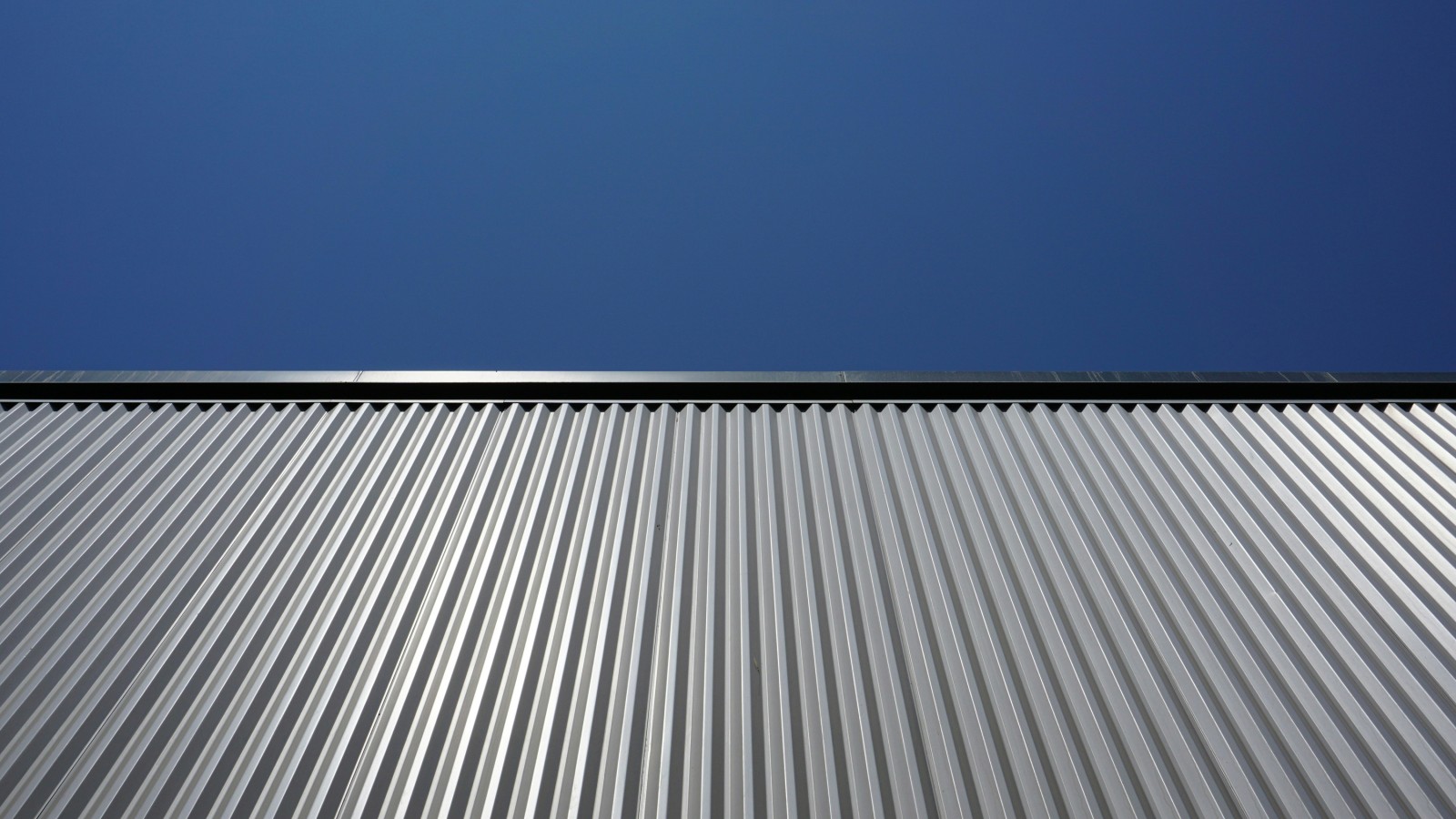Since MBIE significantly upgraded the roofing insulation requirements last year, although ignored the much-needed upgrade for solid walls, the architectural community has had to get used to some radically changed details for roofs. From R-6.6 being once thought of as an outlandish extravagance, it is now bog-standard normal. Roofs and ceilings are now, for the first time, keeping us much warmer, by law. How has it affected you? Are you still using the ceiling plane as the thermal envelope, just with a lot more fluffy stuff on top of the ceiling battens? Or have you bitten the thermal bullet and your practice is now redesigning the way you do roof spaces, with a massively thick and well insulated roofline, and revised all your details to suit? Or perhaps you are one of those who continue to detail up skillion ceilings, although hopefully without any of those horrid pesky recessed downlights set into it?
Regardless of which camp you are in, it is best to be looking at your suite of standard details to make sure that they are fit for purpose. One of the key things that you should be looking out for, especially with the increased insulation, is the need to keep the entire roof/ceiling assembly dry as a bone. Of course, that means looking at the roof from both sides now — from above, to stop any chance of water entering from above, and from below, to stop any water moisture rising up into your increased thick warm layers of insulation. There are some things you should definitely be doing, regardless. Avoid penetrating the ceiling with any holes, especially those for downlights. Just install pendant lights or wall lights instead — recessed downlights are nasty to look up to, and function brilliantly as a highway for moist air to make its way into your ceiling and slowly build up into a layer of mould and mushrooms. Please: don’t do that.
The actual composition of the roof insulation layer is left up to you. It may be that you wish to continue with the traditional layer of pink fluff, or yellow, green, or brown fluff, but whatever you use, make sure that one key thing happens: overlap your joints. Two layers work better than one, reducing the cold spots where heat escapes. We all know that the rafters are the weak points, acting as thermal bridges, so beef up your purlins and underpurlins and make sure that any gaps between insulating batts are not aligned from one layer to the next. You may be testing the application of more advanced insulation methods, like a friend of mine who swears on the miraculous healing powers of aerogel, which I could have sworm was just an expensive fairy story — until recently.
Separation is bad in a marriage, but it is great in a roof buildup. If you are designing for a cold snowy climate and want to have a roaring wood fire inside, remember that the fire is going to be generating a lot of moisture into the internal atmosphere, and that you need this moisture not to get trapped in the depths of your fluffy layers above. So, avoid layers touching, especially if they are a functioning thermal layer. Use breathable roof and wall underlays that allow water vapour to wick out, but don’t allow water to gain access. Seal your joints with some of that marvellous high-strength sticky tape appropriate for your waterproofing system. Always refer to the manufacturer’s installation instructions and avoid mixing systems.
For skillion roofs, line your underside with a vapour barrier on the inside and make sure that not a single hole punctures it to allow moist air through — you need to make this clear to the electrician or they can ruin everything with an unplanned penetration. When the installers are putting in the fluffy batts, ensure that these are not pushed hard to the back of the cavity. Leave a gap for air ventilation at the rear, and for best results, install a rigid air barrier to walls as well as the roof (that’s pretty standard for Wellingtonians these days), but is also a good solution for everyone. I was in Vancouver a couple of years ago and I noted how everyone ‘sheathes’ their building in solid material on all surfaces, including walls and roofs. Its a great idea, developed out of their ‘leaky condo’ issue from 20 years before. Over the top of that install your water-resistant building wrap, which is easier these days with self-adhering breathable fabric membranes. Make sure you let the fabric breathe by installing your purlins on some ventilation/drainage battens, to avoid purlins trapping moisture. Concentrate on allowing air to ventilate the underside of the final roof layer and stop any transfer of condensation.
As a final touch on your roof, make sure to allow that hot damp air out, that can otherwise build up under your roof and cause moist wet havoc. This requires venting at the bottom with an eaves ventilation system, and also at the top under the ridge flashing, creating a pathways for getting rid of that hot rising air. This will help avoid any condensation build up beneath your steel roof, prolong the life of the roofing materials and the fixings connecting it all together. For more assistance in this, contact a company like DriSpace, who have approved systems and products to help you achieve these new details. They have some great details in 2D and 3D as well — make sure that the Council and the Contractor get to see the details and understand the construction methods used. Old habits die hard, so we all need to work hard to get all on site to understand that things have changed, and the old details won’t work any more.
Medium Quick-Fire Quiz — Be in to Win!
This month's Medium Quick-Fire Quiz is sponsored by DriSpace. Enter the draw to win a $150 Prezzy Card! Simply answer our questions to enter the draw — entries close 5pm Wednesday 6 March 2024.




























 Most Popular
Most Popular Popular Products
Popular Products


